The Club's Growth
1960, the club celebrates its 10th anniversary. The anniversary is celebrated at the Moulin de la Galette and the Salle Pleyel. Djerba, renovated, reopens with great fanfare after Tunisia became independent in 1958 and Tunisian-French-Algerian tensions have somewhat receded. This new decade will allow Club Méditerranée to develop, to grow by making acquisitions (Voir & Connaitre in 1967, the CET in 1970 for example) and by pushing the boundaries ever further each year.
And to think that this growth could have been cut short. We are in the early 1960s and Club Méditerranée is in bad shape, very bad. The formula works well but it does not cover all the investments made. The Club is in debt. It is on the verge of bankruptcy. In 1963 Gilbert Trigano takes over the presidency, which was initially supposed to be a rotating presidency (one year Gilbert Trigano, the following year Gérard Blitz, etc.). This rotating presidency will never be implemented because it has been forgotten. The Club's savior is named Edmond de Rothschild. He buys 35% of the company's shares and allows Club Méditerranée to get back on its feet. The Club is saved and can continue its development.
Among the most striking examples (and the most cheeky too) were the openings of the villages of Arzhiv in Israel in 1961, then thanks to a growing friendship with the Kingdom of Morocco, Al Hoceima in 1963, Agadir in 1966 while the city was in full reconstruction following the violent earthquake of 1960. Extreme cheek also with the conquest of the Eastern Bloc. The Club brought down the Iron Curtain while the Cold War was raging. Sochi in the USSR in 1965, villages in Romania, Bulgaria (Thalassa, Nesebar then Rousalka) and this famous Ivan Franko, a Soviet merchant navy liner, flying the Club Méditerranée flag and which, from December 20, 1965, took GM on cruises to Rhodes, Malta or Egypt, and this 26 years before Club Med One!!
The club barely experienced the May 1968 revolution. Some internal discussions between the GOs and Gilbert Trigano and the creation of an independent union took place, but they didn't stop the GMs from leaving to discover the beach elsewhere than under the cobblestones. After Eastern Europe, Club Méditerranée headed west, starting with the Antilles. Fort Royal in Guadeloupe, the Boucaniers in Martinique opened the year when there was fighting in the Latin Quarter. The following year, a snow village opened in the United States in Bear Valley, California.
As the 1970s approach, Club Méditerranée has 28 villages spread across four continents, having acquired Connaissance du Monde and Voir & Connaitre. It is in a good position to face the 1970s.
70 The years of total happiness.
The decade began with the acquisition of CET (Club Européen du Tourisme), the most direct competitor of Club Méditerranée. Most of the CET villages swelled the number of Club Méditerranée villages, such as Kusadasi in Turkey, Malabata near Tangier, Cargèse in Corsica, etc. During these years, the Club opened up to three villages per year. It established itself in sub-Saharan Africa, first in Assinie in Ivory Coast, then in Senegal, Central America, the Indian Ocean, etc. Each country wanted Club Méditerranée to open a village on its territory.
The range of sports activities also expanded. Golf and windsurfing made their appearance. "Forums" were set up in a number of villages. These forums offered activities such as conferences and performances by guest artists. François de CLOSET gave conferences, and the Splendid troupe of L'HERMITE, BLANC, JUGNOT and co were invited. They were inspired by their stays at the Club to release the film "Les Bronzés" in 1978. The film was a box office hit. It depicted life at the Club in a certain way, but the essence of the story was true.
In terms of advertising (posters and TV), Club Méditerranée did not go unnoticed. The campaign, based on the verbs "to play," "to laugh," "to love," and "to leave," against a backdrop of heavenly scenery, spread throughout France. In 1976, Jacques Séguéla came up with the slogan that still serves as the basis for all advertising campaigns today: "The Club, the most beautiful idea since the invention of happiness."
During this entire period, there was also a liberation in terms of morals. The conditions, the atmosphere of the villages, some villages became natural, like Sveti Marko. And then, it must be admitted, we didn't know about AIDS. No need to tell you more, you get the idea.
Videos
Club Med – Vacation Time
Editing: Gérard DECOSTERD (Pigeon)
Collierbar Archive
CLUB relaxation and idleness – 1982
Part of the film shot in cinema 1982 by Poï CHEVALIER
Editing: Gérard DECOSTERD (Pigeon)
Collierbar Archive

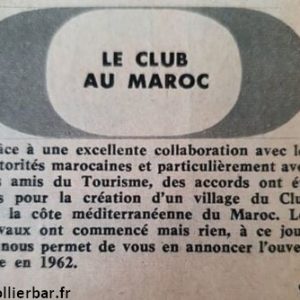



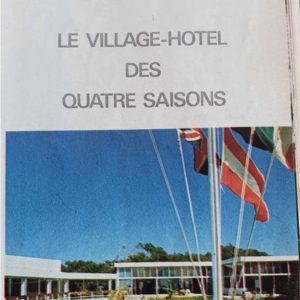


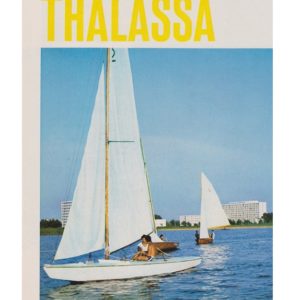



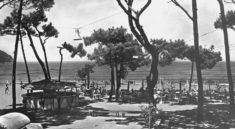
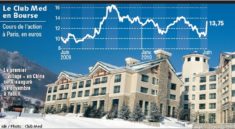
Hello, as a former GO of sound (between 1966 and 1968) I have some recordings: A presentation of the GOs by Gilbert Héron, and part of the conference which took place in Zinal at the end of winter 1968.
Are you interested? And in which section could I transfer them to you?
Thank you